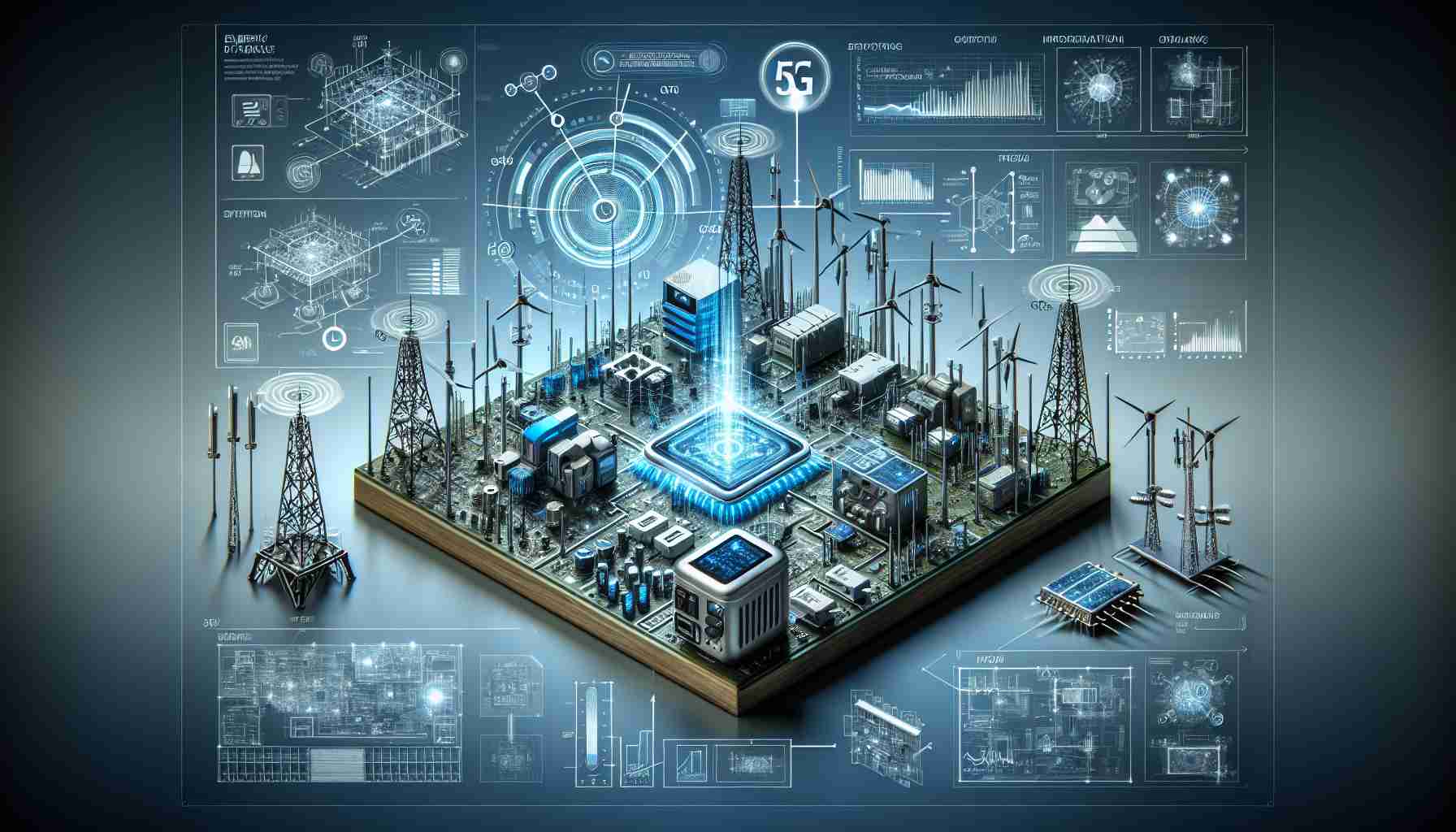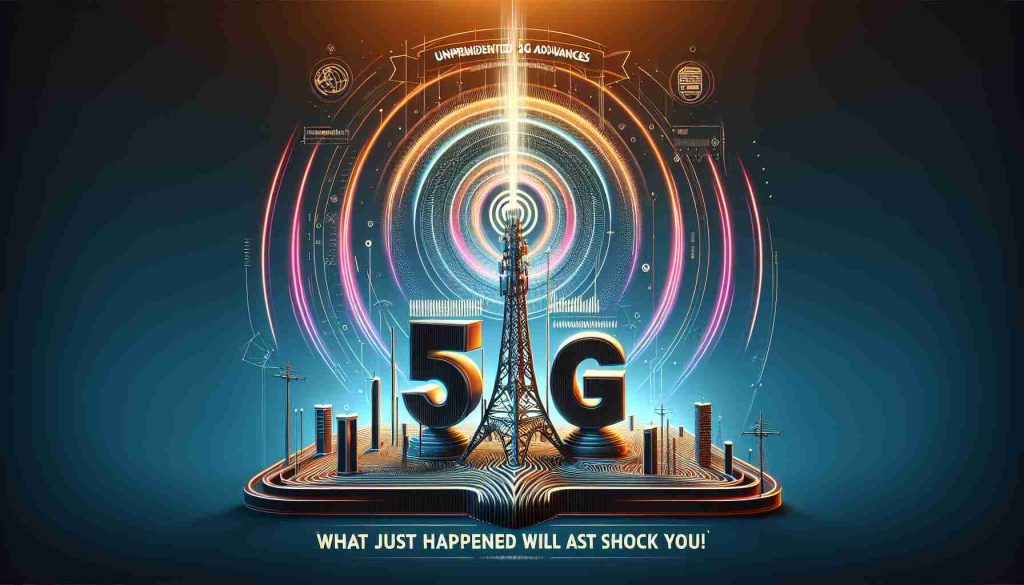Introduction
A cutting-edge initiative is taking strides in enhancing the energy performance of 5G mobile networks. The Aether SMaRT-5G project, backed by the Open Networking Foundation (ONF), is diving deep into the complexities of energy measurement and modeling for next-generation telecoms. With financial support from the National Telecommunications and Information Administration (NTIA), the project harnesses a $2 million grant aimed at pioneering innovative energy-saving techniques.
This venture, in partnership with Rutgers University’s WINLAB, is focused on creating precise test methods and metrics to evaluate the energy efficiency of critical 5G components. Central to this effort is a platform called POET, designed specifically for testing energy efficiency within the Open RAN architecture.
Multiple methods are utilized to measure power consumption accurately. By employing Power Distribution Units (PDUs) and the Intelligent Platform Management Interface (IPMI), valuable data is collected to ensure a comprehensive understanding of energy use across various network functions. Notably, methods like Scaphandre and Kepler are also integral in tracking energy metrics for virtualized network functions.
Preliminary findings show significant insights regarding the energy consumption patterns of 5G components. Not only do these advanced measurement techniques help pinpoint inefficiencies, but they also lay the groundwork for smarter, greener 5G networks, ultimately driving the future of wireless communication toward sustainability.
Energy Efficiency in 5G Networks: Tips, Life Hacks, and Interesting Facts
Introduction
As the world moves towards a more connected future with the proliferation of 5G technology, the importance of energy efficiency cannot be overstated. The Aether SMaRT-5G project is at the forefront of this movement, shedding light on how telecom infrastructure can operate in a more sustainable manner. But beyond professional endeavors, there are practical strategies and intriguing facts that can help individuals and organizations contribute to a greener future. Here are some tips, life hacks, and interesting facts related to energy efficiency in 5G networks.
Tips for Reducing Energy Waste in Everyday Life
1. Opt for Energy-Efficient Devices: When purchasing smart devices that utilize 5G networks, look for those certified for energy efficiency. Energy Star-rated products tend to consume less power without sacrificing performance.
2. Use Wi-Fi When Possible: 5G is powerful, but using Wi-Fi for tasks that don’t require mobile data can lead to lower energy consumption. Offloading tasks to Wi-Fi reduces the strain on cellular networks and saves energy costs.
3. Update Your Devices Regularly: Keeping your devices updated ensures that they are running the most efficient software. Manufacturers often release updates that fix bugs and improve energy management.
4. Activate Power-Saving Modes: Most smartphones and smart devices come equipped with a power-saving mode. Activating this feature can help reduce energy consumption when the device is in low-use scenarios.
5. Educate Others: Share knowledge about energy efficiency with friends and family. Many people are unaware of how their choices impact energy consumption, and informing them can lead to collective action toward sustainability.
Life Hacks for a Sustainable Digital Lifestyle
– Manage Your Streaming Habits: Streaming content in lower resolution not only saves data but also reduces the energy usage of both your device and the network. Opt for 720p instead of 1080p when possible.
– Schedule Automatic Updates During Off-Peak Hours: Many devices allow you to schedule updates. Performing these updates during off-peak hours can help balance the load on networks and contribute to lesser energy use during peak traffic times.
– Limit Background App Refresh: Disabling automatic refresh for apps running in the background can significantly reduce the amount of data consumed and save battery life.
Interesting Facts About 5G and Energy Efficiency
– Higher Efficiency: 5G networks are designed to be more efficient than their 4G predecessors, allowing multiple devices to connect simultaneously with less energy per operation. This leads to better energy traction across the network.
– Environmental Impact: The implementation of energy-efficient 5G technologies is projected to reduce global CO2 emissions significantly, making a direct impact on climate change efforts.
– Renewable Energy Integration: Many telecommunications companies are now exploring the integration of renewable energy sources into their operations, reducing reliance on fossil fuels and further enhancing the sustainability of mobile networks.
– Smart City Developments: The advent of 5G networks is propelling the development of smart cities, which utilize interconnected technologies that optimize energy use throughout urban environments.
By incorporating these tips, life hacks, and intriguing facts into your daily life, you can become part of the momentum towards a sustainable and energy-efficient future powered by advanced technologies like 5G. For more information on how we can optimize our energy use and enhance the sustainability of telecommunications, visit Open Networking Foundation.























